In the dynamic world of logistics and transportation, the height of tanker trucks plays a pivotal role in ensuring efficiency, safety, and compliance with regulations. At CarMax Vehicle, we comprehend the intricate details that influence tanker truck height and its impact on your operations. This guide delves deep into the factors affecting tanker truck height, industry standards, design considerations, and practical tips to optimize your fleet.
Table of Contents
- Introduction to Tanker Truck Height
- Factors Influencing Tanker Truck Height
- Vehicle Design and Specifications
- Load Requirements and Capacity
- Road and Infrastructure Constraints
- Regulatory Compliance
- Industry Standards and Regulations
- National Regulations
- International Standards
- Safety Compliance
- Design Considerations for Optimal Height
- Aerodynamics and Fuel Efficiency
- Accessibility and Loading Operations
- Structural Integrity and Durability
- Comparing Tanker Truck Heights: CarMax vs. Competitors
- Height Specifications
- Performance Metrics
- Cost Efficiency
- Optimizing Tanker Truck Height for Operational Efficiency
- Route Planning and Clearance
- Loading and Unloading Efficiency
- Maintenance and Longevity
- Technological Innovations in Tanker Truck Design
- Advanced Materials
- Smart Monitoring Systems
- Modular Designs
- Future Trends in Tanker Truck Height and Design
- Sustainability and Green Technologies
- Autonomous and Semi-Autonomous Trucking
- Enhanced Safety Features
- Frequently Asked Questions
Introduction to Tanker Truck Height
Tanker truck height is a critical parameter that influences various aspects of transportation, from route planning to fuel consumption. The height determines the truck’s ability to navigate under bridges, through tunnels, and within urban environments. Moreover, the height affects the truck’s stability, load distribution, and overall performance. At CarMax Vehicle, we prioritize optimizing tanker truck height to balance these factors effectively.

Factors Influencing Tanker Truck Height
Vehicle Design and Specifications
The design of a tanker truck significantly determines its height. Factors such as the chassis type, suspension system, and axle configuration contribute to the overall height. For instance, a high-mounted chassis may increase the truck’s height but offer better stability, whereas a low-mounted design could reduce height and enhance maneuverability.
Load Requirements and Capacity
The nature of the cargo transported influences the tanker truck’s height. Liquids, chemicals, and other bulk materials require specific tank dimensions, which in turn affect the truck’s height. Ensuring that the tank’s height aligns with the load’s volume and weight is crucial for maintaining balance and compliance with transportation regulations.
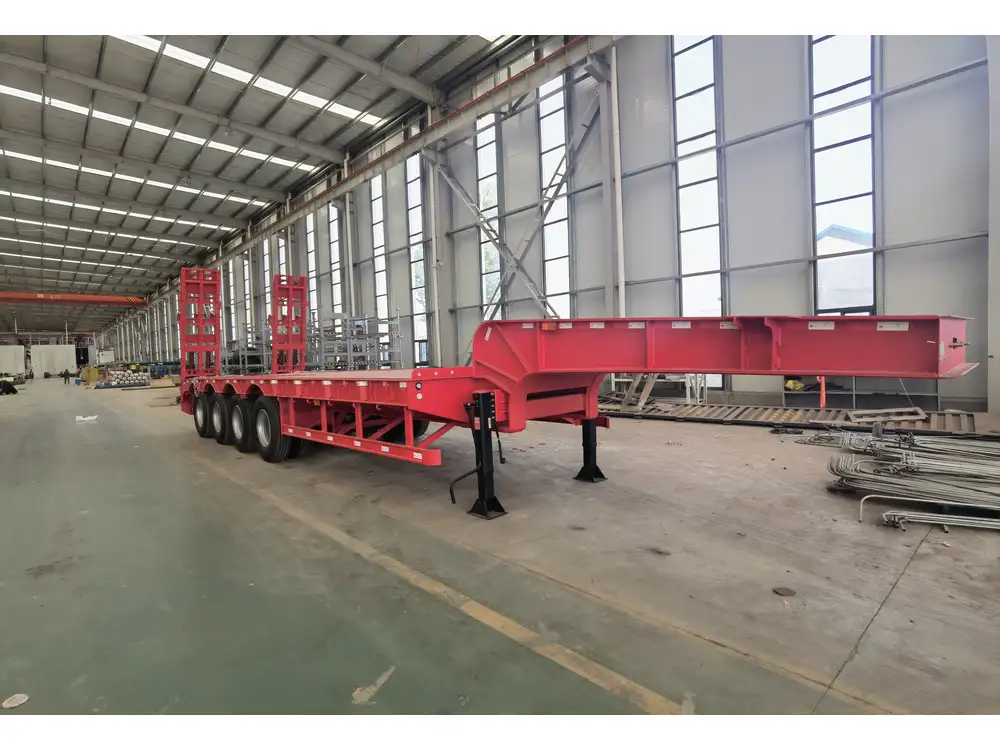
Road and Infrastructure Constraints
Navigating through varying infrastructure requires tanker trucks to adhere to height restrictions. Bridges, overpasses, and low-clearance tunnels impose limitations on truck height. Designing tanker trucks that can adapt to diverse roadway conditions ensures seamless transportation across different regions.
Regulatory Compliance
Compliance with local, national, and international height regulations is non-negotiable. Regulatory bodies enforce strict guidelines to enhance road safety and minimize accidents. Non-compliance can result in hefty fines, impoundment of vehicles, and disruptions in logistics operations.
Industry Standards and Regulations
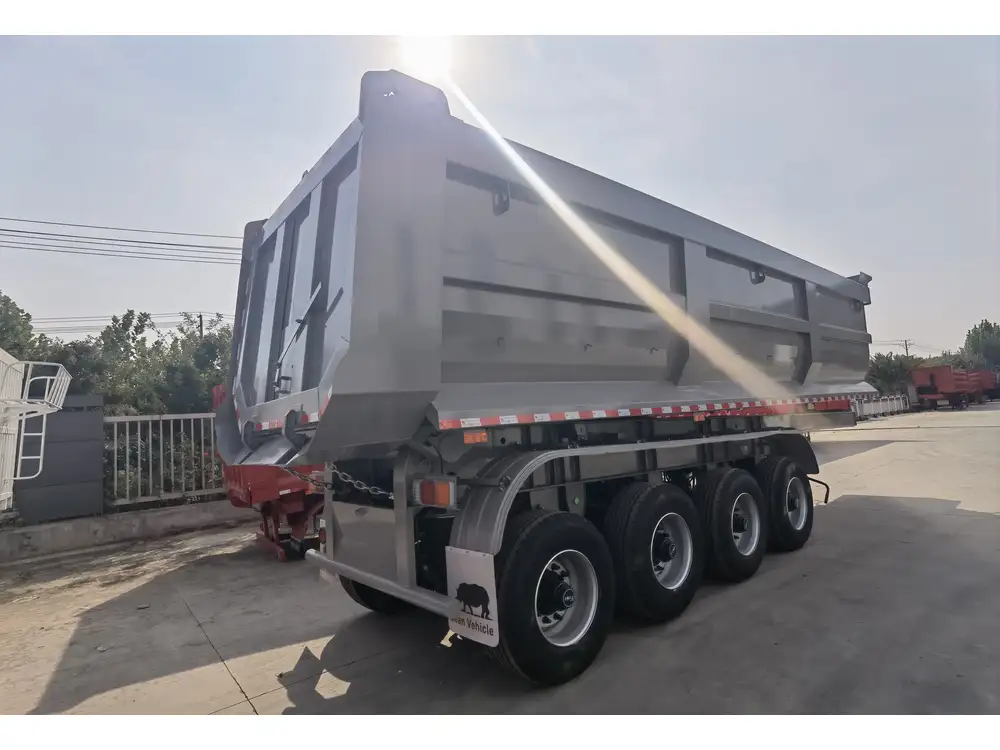
National Regulations
Different countries have specific regulations governing tanker truck height. In the United States, for example, the Federal Bridge Formula dictates maximum height limits to safeguard infrastructure. Understanding and adhering to these national standards is essential for manufacturers and operators alike.
International Standards
For international transportation, tanker trucks must comply with global standards such as the European Agreement Concerning the Work of Crews of Vehicles Engaged in International Road Transport (AETR). These standards harmonize height specifications to facilitate cross-border logistics.
Safety Compliance
Safety is paramount in tanker truck operations. Height regulations are part of broader safety compliance measures that include weight distribution, braking systems, and visibility enhancements. Ensuring that tanker truck height meets safety standards reduces the risk of accidents and enhances operational reliability.

Design Considerations for Optimal Height
Aerodynamics and Fuel Efficiency
A streamlined tanker truck design minimizes air resistance, contributing to better fuel efficiency. The truck’s height plays a critical role in its aerodynamic profile. An optimized height reduces drag, leading to lower fuel consumption and reduced operational costs.
Accessibility and Loading Operations
Height considerations extend to loading and unloading processes. Ensuring that tanker trucks can seamlessly interface with loading docks, pumps, and storage facilities is essential. An optimal height facilitates efficient loading operations, reducing turnaround times and increasing productivity.
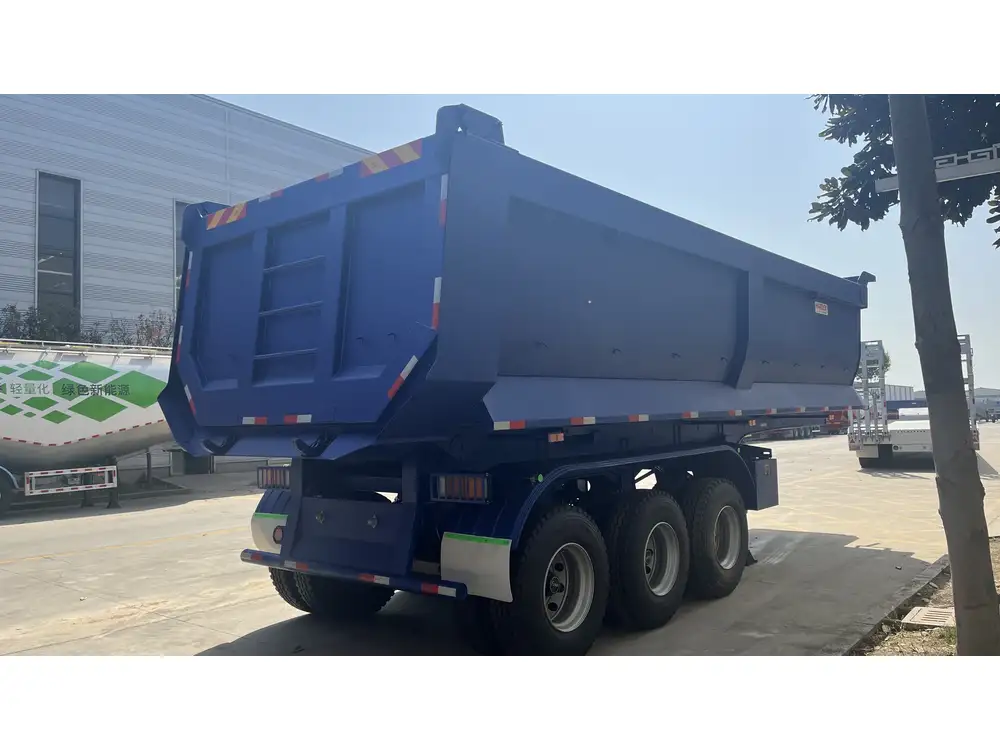
Structural Integrity and Durability
Maintaining structural integrity while optimizing height is a balancing act. The materials used and the design architecture must support the tanker truck’s height without compromising durability. Robust construction ensures longevity and minimizes maintenance requirements.
Comparing Tanker Truck Heights: CarMax vs. Competitors
| Feature | CarMax Vehicle | Competitor A | Competitor B |
|---|---|---|---|
| Maximum Height (meters) | 4.2 | 4.0 | 4.5 |
| Load Capacity (tons) | 20 | 18 | 22 |
| Fuel Efficiency (%) | 15 | 13 | 16 |
| Aerodynamic Design Score | 9/10 | 7/10 | 8/10 |
| Compliance with Regulations | Comprehensive | Partial | Comprehensive |
CarMax Vehicle stands out with its balanced approach to tanker truck height, ensuring compliance, efficiency, and durability. While some competitors may offer higher load capacities, CarMax’s focus on aerodynamic design and fuel efficiency provides a competitive edge in operational cost savings.
Optimizing Tanker Truck Height for Operational Efficiency
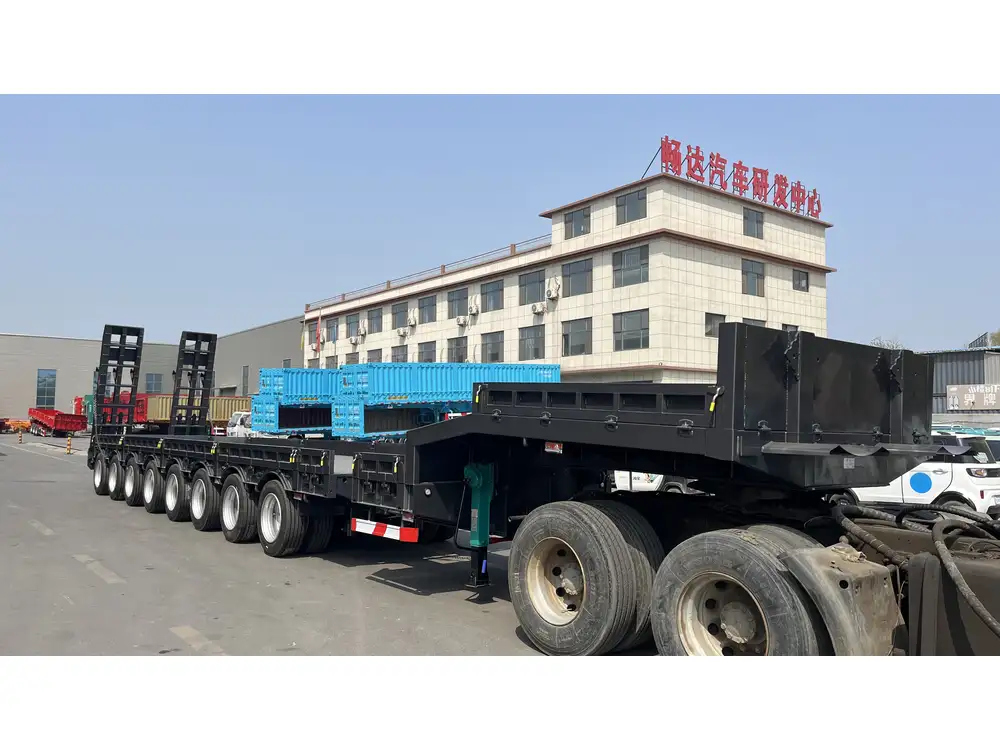
Route Planning and Clearance
Effective route planning considers the tanker truck’s height to avoid infrastructure constraints. Utilizing GPS and route optimization software helps in identifying pathways with adequate clearance, ensuring timely deliveries without the risk of accidents or delays.
Loading and Unloading Efficiency
Optimizing tank height enhances the loading and unloading processes. Elevating tanks to appropriate heights minimizes spillage, reduces loading times, and ensures seamless integration with loading infrastructure. This optimization is crucial for maintaining high operational throughput.
Maintenance and Longevity
Regular maintenance ensures that tanker truck height remains within specified limits. Monitoring equipment and conducting periodic inspections prevent deviations that could compromise safety and efficiency. CarMax Vehicle provides comprehensive maintenance solutions to uphold optimal truck height.
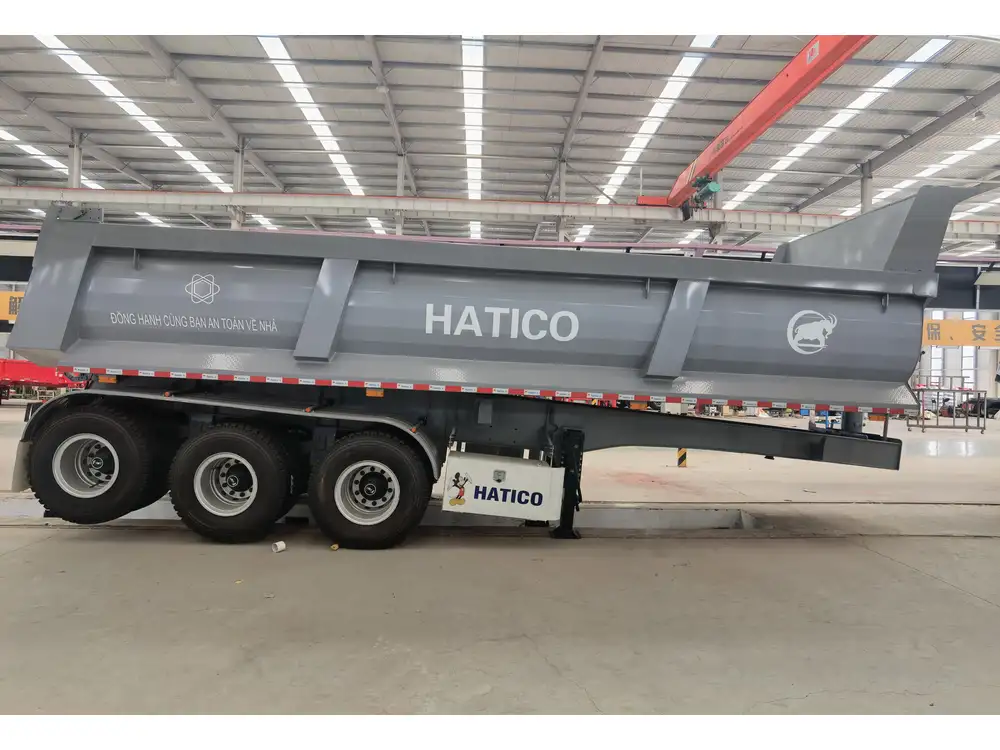
Technological Innovations in Tanker Truck Design
Advanced Materials
The use of lightweight, high-strength materials reduces tanker truck height without sacrificing structural integrity. Innovations in composite materials and aluminum alloys contribute to lighter and more compact designs, enhancing overall performance.
Smart Monitoring Systems
Integrating smart monitoring systems allows real-time tracking of tanker truck height and load distribution. These systems provide alerts for any deviations, enabling proactive measures to maintain compliance and operational efficiency.

Modular Designs
Modular tanker truck designs offer flexibility in height adjustments based on specific transportation needs. This adaptability ensures that tanker trucks can cater to diverse cargo requirements and infrastructure constraints without extensive redesigns.
Future Trends in Tanker Truck Height and Design
Sustainability and Green Technologies
The future of tanker truck design emphasizes sustainability. Incorporating eco-friendly materials and fuel-efficient technologies reduces the environmental footprint. Optimizing truck height to enhance aerodynamics further contributes to greener transportation solutions.

Autonomous and Semi-Autonomous Trucking
Autonomous trucking introduces new considerations for tanker truck height. Enhanced sensor systems and adaptive height adjustments are integral to navigating complex road conditions safely. CarMax Vehicle is at the forefront of integrating autonomous technologies into tanker truck designs.
Enhanced Safety Features
Future tanker trucks will feature advanced safety mechanisms, including height-adjustable systems that respond to real-time road conditions. These enhancements ensure maximum stability and safety, protecting both the cargo and other road users.
Frequently Asked Questions

1. What is the standard height for a tanker truck?
The standard height for a tanker truck typically ranges between 3.8 to 4.2 meters, varying based on regional regulations and specific design requirements. CarMax Vehicle ensures all our tanker trucks comply with the highest standard limits to guarantee safety and operational efficiency.
2. How does tanker truck height affect fuel efficiency?
Tanker truck height influences aerodynamics, which directly impacts fuel efficiency. A well-optimized height reduces air resistance, lowering fuel consumption and decreasing operational costs. CarMax Vehicle focuses on aerodynamic designs to enhance fuel efficiency across our fleet.
3. Are there height restrictions for tanker trucks on highways?
Yes, highways and bridges often have height restrictions to ensure safe passage. It is essential to adhere to these limits to avoid fines and accidents. Our tanker trucks at CarMax Vehicle are designed to comply with varying height restrictions, facilitating smooth and legal transportation.
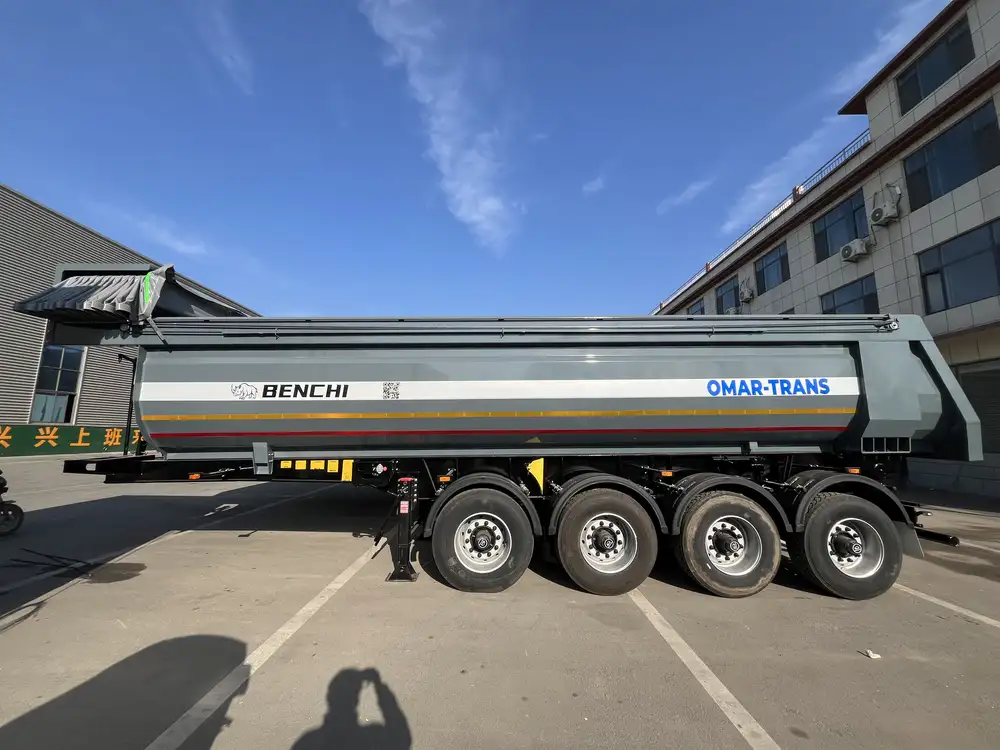
4. Can tanker truck height be adjusted for different cargo types?
Yes, some tanker trucks feature adjustable heights to accommodate different cargo types and loading requirements. CarMax Vehicle offers modular designs that allow for height adjustments, providing flexibility for diverse transportation needs.
5. What maintenance practices ensure tanker truck height remains optimal?
Regular inspections, monitoring of load distribution, and maintenance of suspension systems are crucial for maintaining optimal tanker truck height. CarMax Vehicle provides comprehensive maintenance services to ensure our tanker trucks remain compliant and perform efficiently throughout their lifecycle.



